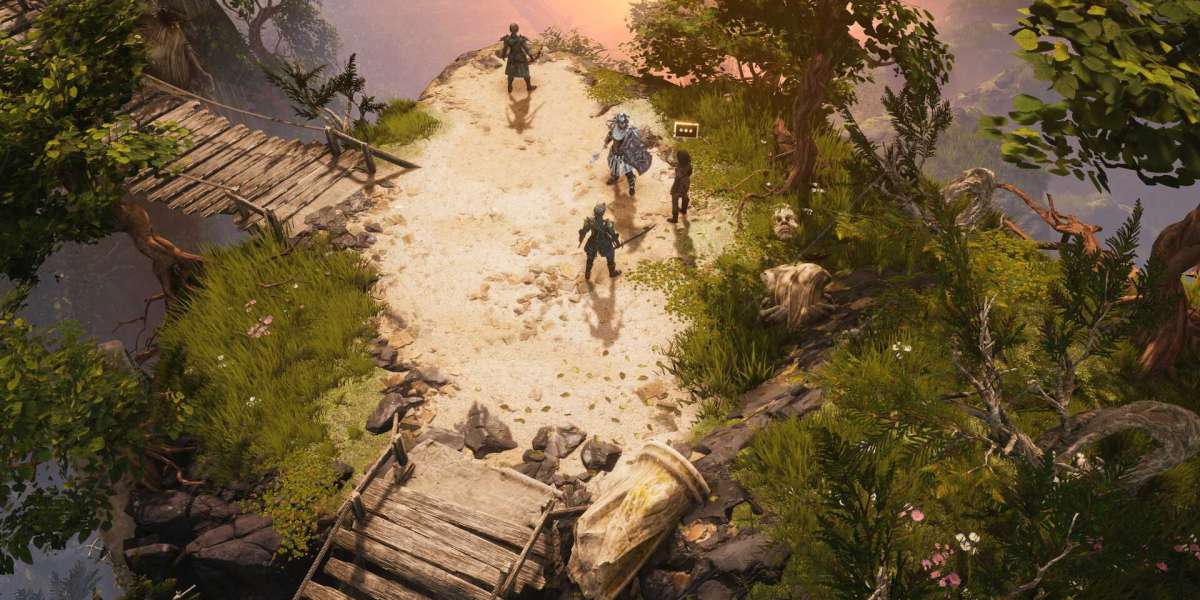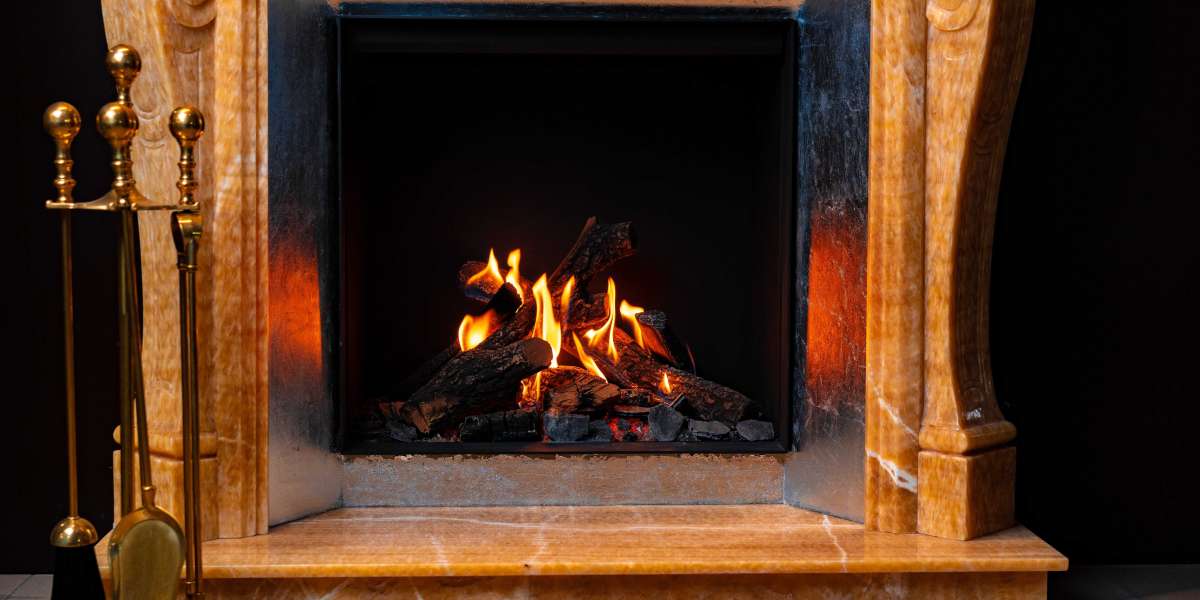Midway through Last Epoch gold the campaign, you'll choose between two factions:
Merchants Guild – focuses on trading and the economy.
Circle of Fortune – emphasizes farming your own gear through bounties and favors.
You're not locked in forever. If you want to try the other faction later, you can switch. Many new players lean toward Circle of Fortune, since it rewards playing rather than trading.
Crafting Basics
Crafting is one of the most important systems in Last Epoch. To understand it, enable Always Show Mod Ranges in the Gameplay settings. This displays the possible roll values for each stat on an item.
Implicits – the fixed base stats an item always has (e.g., swords grant melee damage).
Affixes – randomized modifiers that come in two types:
Prefixes (damage, attack speed, etc.)
Suffixes (resistances, utility, on-hit effects).
Items also have Forging Potential (FP), which is the number of times they can be modified. Each craft consumes FP, and when it reaches zero, the item can no longer be upgraded.
Affixes range from Tier 1 to Tier 7, with T6–T7 considered Exalted. You can sometimes find sealed affixes, which act as an extra hidden modifier in addition to the four main affixes.
Glyphs and Runes
Crafting uses glyphs and runes:
Glyph of Hope – 25% chance crafting won't consume FP.
Glyph of Chaos – rerolls an affix into another from the same pool.
Glyph of Order – upgrades a stat without rerolling its value.
Rune of Shattering – destroys an item, giving you affix shards.
Rune of Removal – extracts one random affix from an item.
Shattering is your main way to collect affix shards, which you'll use to upgrade other gear.
Note: Some affixes are drop-only (shown in blue text). These cannot be obtained through shattering.
Loot Filters
ARPGs shower you with loot, and sorting through it all can waste time. Thankfully, Last Epoch includes a built-in loot filter.
Press Shift + F (or navigate through Settings) to create rules:
Highlight items with specific affixes you want.
Recolor loot beams for easy recognition.
Hide irrelevant gear types (e.g., bows if you're a melee Rogue).
Filters are fully customizable and save you from scanning every single drop.
Endgame: Dungeons and Monoliths
Once you finish the campaign, the endgame opens up:
Dungeons – accessed with dungeon keys. Each has unique bosses and mechanics, as well as paths into legendary crafting. You can even combine keys into charms to skip straight to bosses (not recommended until you know the fights).
Arena of Champions – a challenging combat arena (advanced players only).
Monolith of Fate – the primary endgame system, similar to mapping in Path of Exile.
The Monolith consists of timelines, each with branching paths. Completing nodes advances you toward the timeline boss. Beating bosses unlocks Blessings, permanent buffs that enhance future runs.
Eventually, you'll unlock Empowered Monoliths, the core of true endgame progression. Here, difficulty ramps up, but so do rewards.
Final Thoughts
For new players, Last Epoch offers an excellent entry point into ARPGs. Its systems may seem complex at first, but once you understand classes, skills, crafting, and loot filters, the game becomes incredibly rewarding. It would be more convenient to have enough cheap Last Epoch gold to help you.
Pick a class that excites you-every mastery is viable.
Specialize skills to transform abilities into powerful tools.
Learn crafting early to shape gear for your build.
Use loot filters to cut through clutter.
Progress through Monoliths for blessings and endgame power.
With time and experimentation, you'll discover just how flexible and deep Last Epoch really is. Whether you're here for loot hunting, build crafting, or endless boss fights, this ARPG has a lot to offer.
Crafting in Last Epoch is one of the most powerful and rewarding systems in any ARPG. Whether you're chasing perfect affixes for your build, preparing exalted items for legendary slams, or simply experimenting during the campaign, understanding how crafting works is essential to progressing in the game. This guide breaks down the basics, explains the key glyphs and runes, and offers strategies to make the most of your items.
Crafting Basics
Not every item in Last Epoch can be crafted. Set items can only be shattered for shards, while most unique items cannot be altered directly. Exceptions exist: certain unique items with legendary potential (LP) can be combined with exalted items of the same base type inside the Temporal Sanctum. The number of affixes transferred depends on the LP value. For example, a pair of Wing Guards with 1 LP can inherit a single affix from an exalted pair of gloves.
The real heart of crafting lies with exalted items, which contain tier 6 or tier 7 affixes. Exalts are valuable both on their own and as the building blocks for creating legendaries. To craft on an item, you'll consume its forging potential (FP)-a limited resource that determines how many times you can modify it. Once FP reaches zero, the item can no longer be crafted.
Glyphs
Glyphs are consumables that alter how affixes are added, upgraded, or modified during crafting.
Glyph of Hope: The most common and useful glyph. Each craft has a 25% chance to cost no forging potential, letting you stretch your FP much further. Use these liberally when upgrading or adding affixes.
Glyph of Chaos: Changes an affix into another random one from the same pool. Ideal for rerolling undesired affixes into something more useful. For example, you might cast off a weak stun chance suffix in hopes of hitting fire penetration.
Glyph of Order: Prevents the numerical value of an affix from rerolling within its range when upgrading. Useful when you already have a near-perfect roll on cheap Last Epoch gold a stat you want to preserve.








